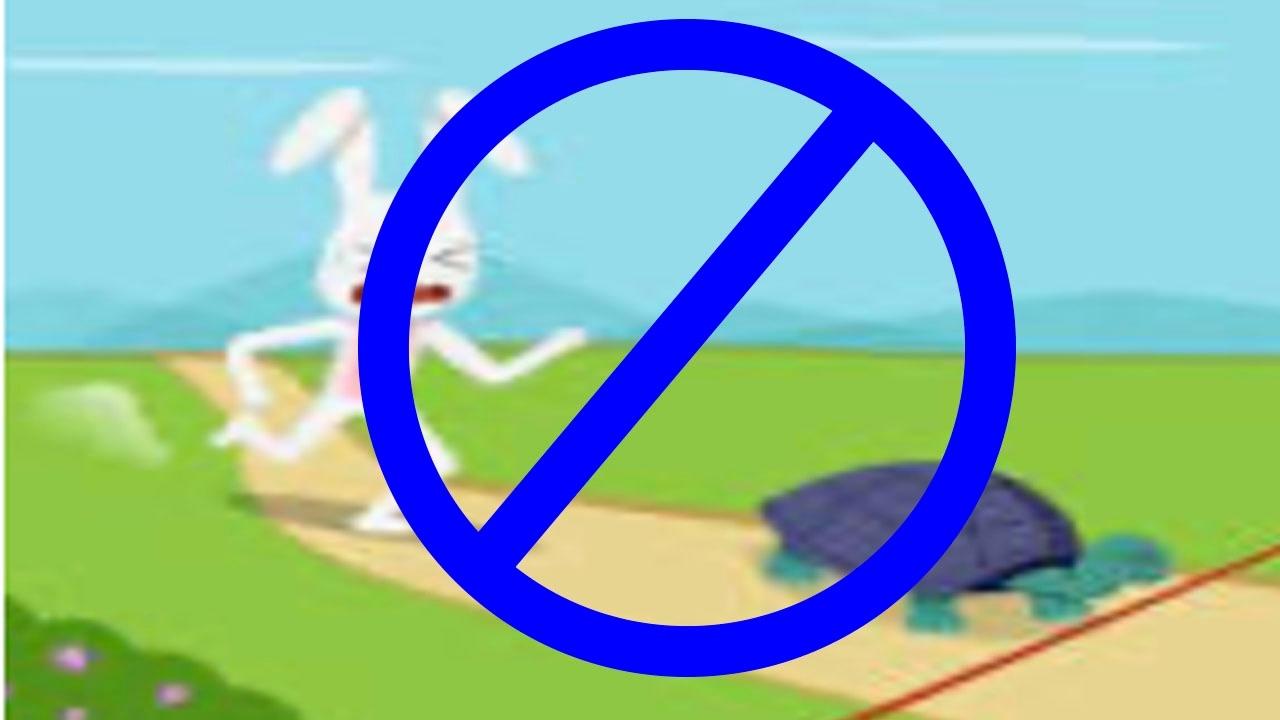IP SAVVYS Blog - select posts by role/title or by category
Why adopt TSM now-Publishing impact patents at the lowest cost

After you've spent thousands of dollars on a patent application and three times as much on prosecution, the last thing you want is for your invention to be forced into abandonment or to receive a notice of allowance on a weak patent with diminished claims. I’ve now developed a method that can enable you to change your conversations with innovator, counsel, and the patent examiner, achieve your patent objectives, and save more than 70% on your prior patent spend.
After 30 years as a serial innovator, inventor, and pro se patent holder (with 25 patents under my belt), I’ve turned my experience into a book, Utility Patenting for IP SAVVYS, as well as a complementary, self-paced instructional course, Intellectual Property BoostCamp (IP-BC). Each of the tools deliver what I call “The Schwartz Method (TSM),” a promise to streamline the patenting process while saving you big bucks.The book and course offer clear conversations focused on substantive patenting ta...
Impact of AIA: First-To-File (FTF)

Impact of America Invents Act
When the RABBIT can win the race.
An inventor’s point of view: Schwartz unwinds and simplifies the understanding of AIA and what to do about it.
David C. Schwartz VP Intellectual Property, Eservgo/ Author IP-BC
FIRST, let's look at the key Dates when AIA provisions were enforced:
Sept 16,2011
Leahy-Smith America Invents Act (AIA)/Patent Reform Act of 2011
Sept 16, 2012
Inter Partes Review(IPR) replaces Inter Partes Re-examination(PRE)
Post Grant Review (PGR) go into effect for patents filed after March 16, 2013
March 16, 2013
First-To-File (F-T-T) goes into effect
What/Why AIA:
Ostensibly, the purpose of AIA was to modernize America’s patent laws, and mostly harmonize US patent law with the rest of the world. Specifically, it orders the shift from our long standing First-To-Inent (F-T-I) system to an F-T-F system.
This BLOG Post: It’s important to understand the nuances of AIA and the transitional components it implements, b...
AIA IPR procedure under attack from Tech Giants: Implications

Why does the current lawsuit by Intel, Apple Cisco and Google to enable the use of IPR during a pre-trial licensing hearing, or during the trial itself put even greater pressure on potential patent holders and licensors?
Look, "TROLLS" are frowned on as caustically as blackmailers...agents that aggregate patents with published claims which are allegedly being practiced by companies with "deep pockets" for royalty fees...while not making anything themselves. They are seen as an undesirable impediment to commercialization of worthwhile innovation.
By way of background, IPR was structured to allow "forced licensees" of questionably issued patents to ask for a panel review AFTER a patent was published. The question of validity BEFORE a patent published, used to only be possible as an "interference", petitioned for externally or initiated internally. Other much more expensive procedures were available to opposers of published patents, but they were much more difficult to mount.
The new P...
Since we're First-To-File, my invention notebook and my date of conception don't matter now

Wrong :) You know that they still matter since your invention notebook is your iterative innovation tool. Yes, at one time, when we were First-To-Invent (FTI), it's role documenting your initial conception, played a more critical role in establishing patent priority and monopoly rights. Even with the new AIA First-To-File (FTF), date of conception can still play a role in certain circumstances, especially during infringement battles that might result in an injunction or the payment of forced royalties. But that's not my point here. The importance of Schwartz's Big-Bang-Theory of IP Capitalization and the factoring of The Schwartz Method (TSM) into Product Lifecycle Management (PLM) has a more fundamental role.
Achieving FTF on a true Preferred-Embodiment (P-E) is a matter of integrating patent preparation into every nook and cranny of the product development road map. The days when the luxury of filing unfocused provisionals and drafting the patent on the P-E as an afterthought, are ...
Do I wait to GOTO market until my patent Issues?

BBT shares a set of events that lock-step toward the blessed Notice of Allowance for a patent on one of your chosen inventions. It is the primary theme of IP-BC and is used to establish all the course lessons and tools you can put to best practice use.
The sequence of events you will engage in to file an airtight patent application, de-risked from FOARs will take a natural course IF YOU STAY FOCUSED on identifying and prototyping the P-E, along with drafting layman claims for the object of enablement that quiesces to BEST MODE with the minimum number of "elements".
So while that's going on in R&D and Product Marketing, on the other side of T=0 (MARKET ENTRY), Business Development/Sales is making moves to establish the commercial value of what you have been in the process of protecting.
MISCONCEPTION: we must wait till the patent issues before selling it in the marketplace.
In this first-to-file world, and with the acceleration of innovation, the iterative nature of patenting and s...

